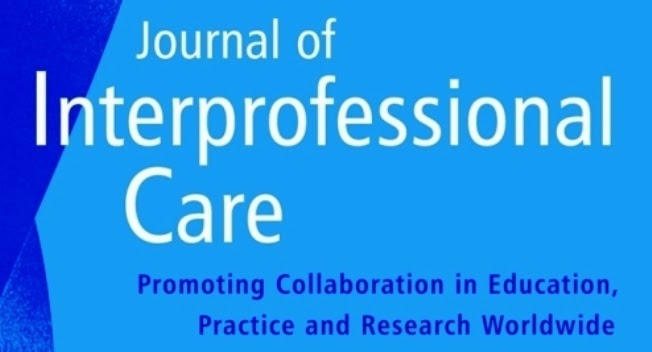In this book, Thistlethwaite and colleagues report on the development and validation of iTOFT – the Individual Teamwork Observation and Feedback Tool. This is the culmination of a two-year international project (2012-2014) led by a team of researchers from five Australian, one UK and one Canadian university.
The report is structured in 10 Chapters, with a further six helpful appendices. Chapter 1 sets the scene for the project within the wider literature on interprofessional learning, which is followed by a review in Chapter 2 of accreditation standards, professional bodies and interprofessional learning frameworks. The educational ethos and theoretical backdrop of the project is explained in Chapter 3, positioning the iTOFT within constructivist learning theory and competency-based education.
Chapter 4 could be in itself a project output, providing a comprehensive review of existing teamwork measures building on and extending two existing reviews by the Harvard Business School and the Canadian Interprofessional Health Collaborative. They very helpfully provide an overview of the existing literature, summarize and extend the conclusions of previous reviews and illustrate the wealth and diversity of available tools. Tables 4.6 and 4.7 in this chapter are essential reading for scholars working in this field.
The groundwork for the development of the first iteration of the iTOFT is explained in Chapter 5, including a description of the Delphi approach used. The field testing is discussed in Chapter 6 and the results of this in Chapter 7. Data were drawn from 132 episodes of assessment, which occurred in hospital, primary/community care and school settings. Chapter 7 is a detailed analysis of that data, demonstrating the rigour and care of the project team in developing a sound instrument. The quantitative evaluation was complemented by a qualitative arm to the project, with a very brief summary of key themes and findings arising from that shown in Chapter 8.
Chapter 9 draws the strings of the work together and discusses the key principles of the final iTOFT and its two versions: there is a basic version meant for junior students, which covers 11 observable behaviours under the headings of shared decision-making and working in a team; and, an advanced version for senior students and junior health professionals with 10 observable behaviours under the headings of shared decision-making, working in a team, leadership and patient safety. Finally, Chapter 10 summarises the work, issues recommendations and cautions of its limitations.
The full report is a must read for those interested in using the iTOFT, although it also comes with a shorter ‘Resource Pack’ serving as a kind of manual for using either version of the tool. I remain skeptical about the utility of having two versions and find the advanced version to be more helpful. In particular, the basic version misses items on leadership and patient safety, which I would argue are important to feedback on regardless of the seniority of the student. The report, tool and resource pack is directed at interprofessional learners, teachers and program organisers all of whom would find this work interesting – whether they plan to use the tool or not.
Reviewed by
Dr. Andreas Xyrichis
Lecturer, King’s College London, UK
Work-based assessment of teamwork: An interprofessional approach
The iTOFT Consortium (Jill Thistlethwaite, Kathy Dallest, Lesley Bainbridge, Fiona Bogossian, David Boud, Roger Dunston, Donna Drynan, Diann Eley, Dawn Forman, Sue Fyfe, Monica Moran, Christopher Roberts, Jenny Strong, Robyn Dickie).
Canberra: Australian Government, Office for Learning and Teaching. 2015
163 pages, Freely available online
ISBN 978-1-76028-399-5
